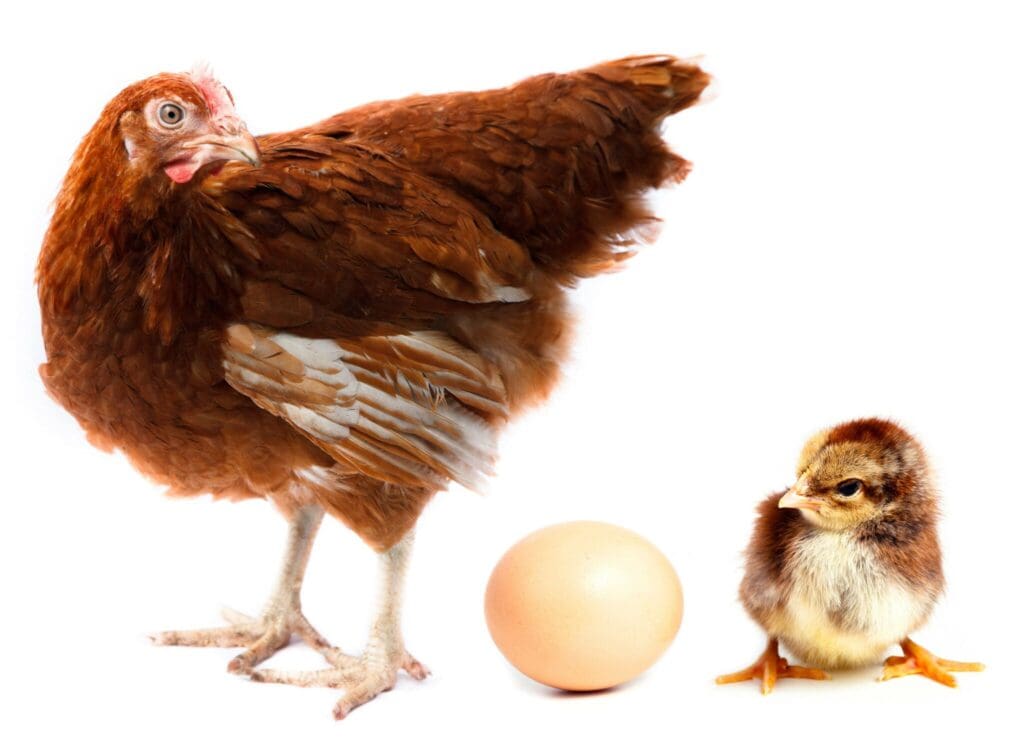The links between parental nutrition, reproduction efficiency, and offspring health have long been established and studied. As early as the 1930s, researchers identified, and in the 1950s started treating, the prevalence of neonatal swayback in newborn lambs caused by copper deficiency in grazing pastures. Today, it is well known that essential trace minerals play a vital role in the animal body in numerous ways before and during preparation for producing offspring, including a breeder hen laying an egg – as does trace mineral transfer from hen, to egg, to chick.
To ensure optimum physiological functioning, animals require zinc, manganese, and copper, together with other essential trace minerals such as iron, selenium, and chromium, and macrominerals such as calcium and phosphorous. Trace minerals are cofactors for and components of metalloenzymes, enzymes that are important for various physiological functions. Three trace minerals (zinc, manganese, and copper) have been widely studied for their vital roles in growth, reproduction, immunity, and overall well-being.
The objective of a breeder hen is to produce high-quality fertilised eggs consistently over her laying cycle. The egg needs to provide all the nutrients and the right environment for the embryo to develop into a healthy chick; one that is strong enough to hatch and survive. Good hatchability and survivability of high-quality chicks that will grow out to become productive broilers is the eventual goal. This article series will cover the role of trace mineral transfer in three important phases: 1) Egg production, 2) Egg incubation, and 3) Broiler performance, and it is recommended that the reader follows the entire series to get the full picture.










Trace mineral transfer from hen, to egg, to chick: Visualising the cycle – it appears only the initial part of the article is available – what is the full article?
Hi Chris, thank you for your question.
This was the first introductory article to a 5-part series. Please have a look at the website, and subscribe to our newsletter, to see the rest of the series.
Today we published the last instalment (conclusion) to the series.
Feel free to let us know if you have any further questions on feeding trace minerals to livestock and the benefits it holds.
Ps. next up: we will be running a 5-part series on swine reproductive cycle, similar to the one on breeder hens, with the gestation and piglet performance.